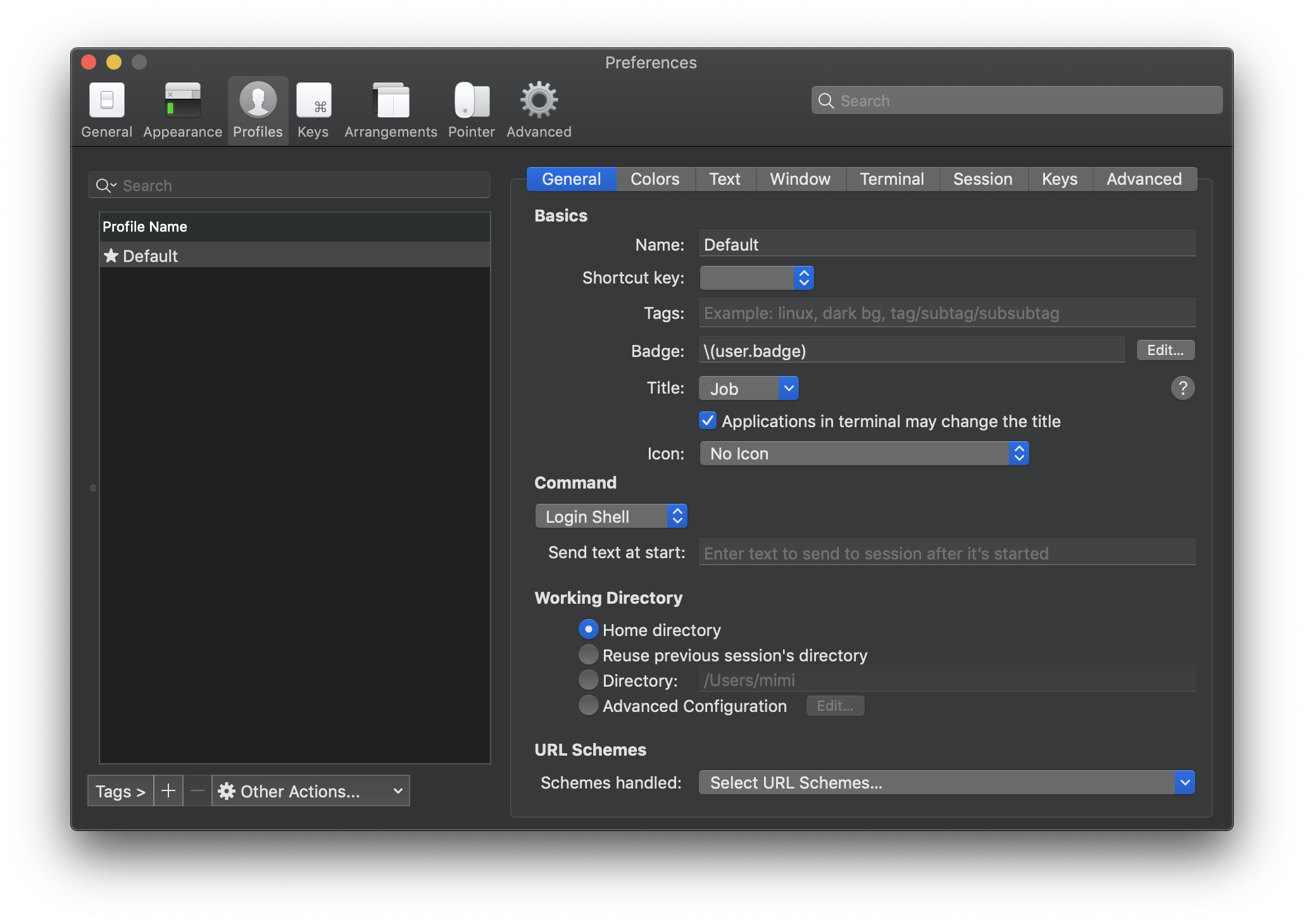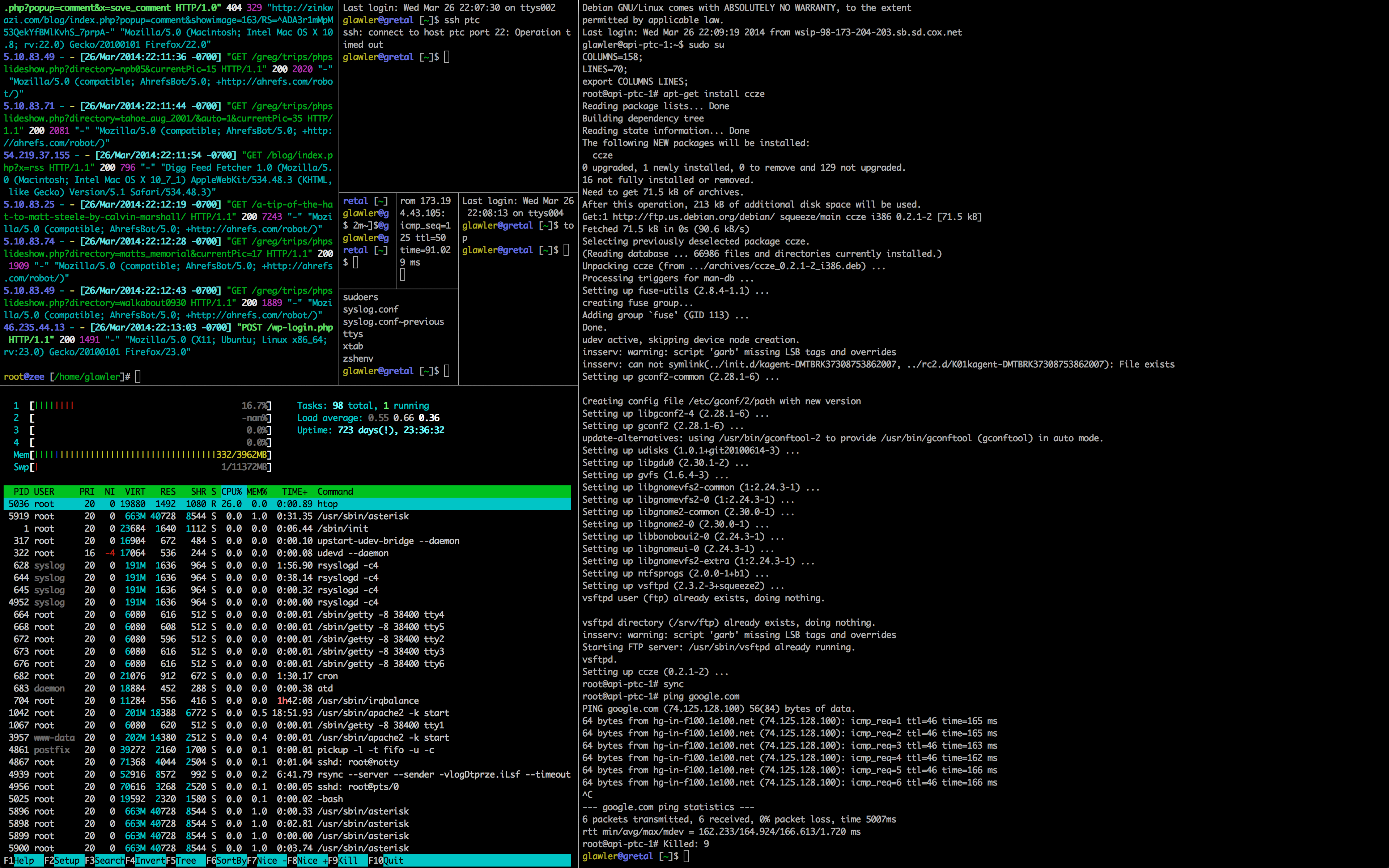

I’ve written another article on how to setup NVM on your system to switch and maintain multiple Node.js installations easily. Now you’ve installed and configured a good starting point. It’s worth reading the description for each plugin, because you may end up with being even more productive. So take a minute and read through the descriptions of those plugins before enabling them. I had tried Homebrew duti, I run this command to hope that it add URL scheme for. I prefer the keyboard shortcut Option+Space.

At the bottom-left you’ll see a button called Create a Dedicated Hotkey Window. Plugins can either extend the auto-completion tab, create new key bindings or create new aliases within your terminal. Ive read a lot of discussions but non of it worked with latest MacOS I think. Click iTerm2 in the menu bar, choose the Preferences option, and then head to the Keys section. zshrc file and look for plugins=(), once you find that line, list all plugins you want to use within the braces as shown here: plugins=(git bower sublime brew history node npm sudo web-search). I use only a few plugins to keep things simple. To enable them, you’ve to list them inside of your. By default, those plugins were not enabled. Their documentation on GitHub is listing which plugins were currently part of the release. OH-MY-ZSH ships with support for plugins. I’ve chosen 11pt as font-size for my setup, so apply PowerLine for Regular Font and Non-ASCII Font by clicking each Change Font button and select the PowerLine font.
MAC ITERM INSTALL
You can download the font from here, install this font on your system and then apply it in iTerm2 through For example, it’s displaying branches in the following way Powerline font is responsible for bringing some kind and helpful icons to the terminal.

After installation has finished open ~/.zshrc in any editor and set the theme for ZSH ZSH_THEME="agnoster".


 0 kommentar(er)
0 kommentar(er)
